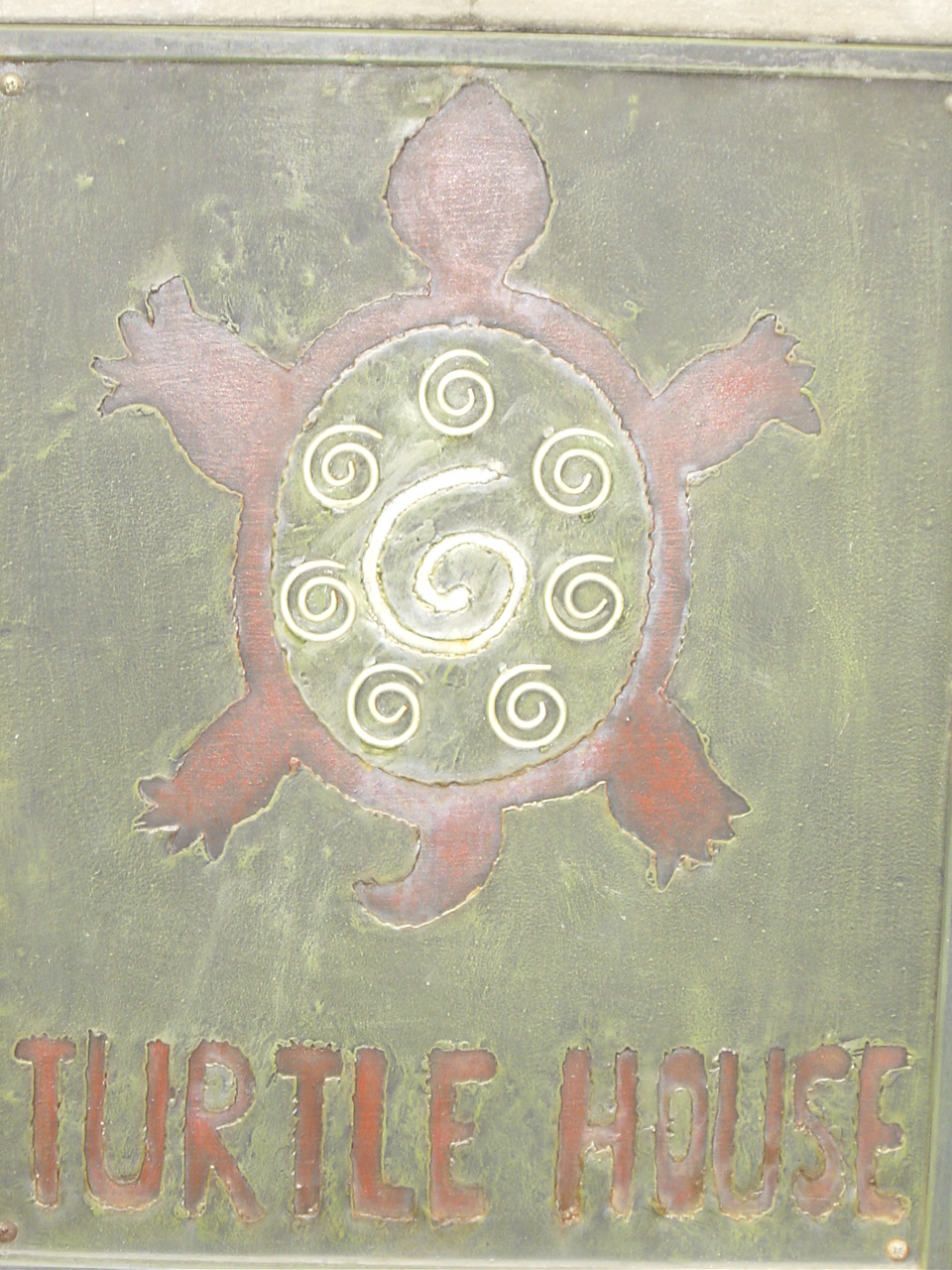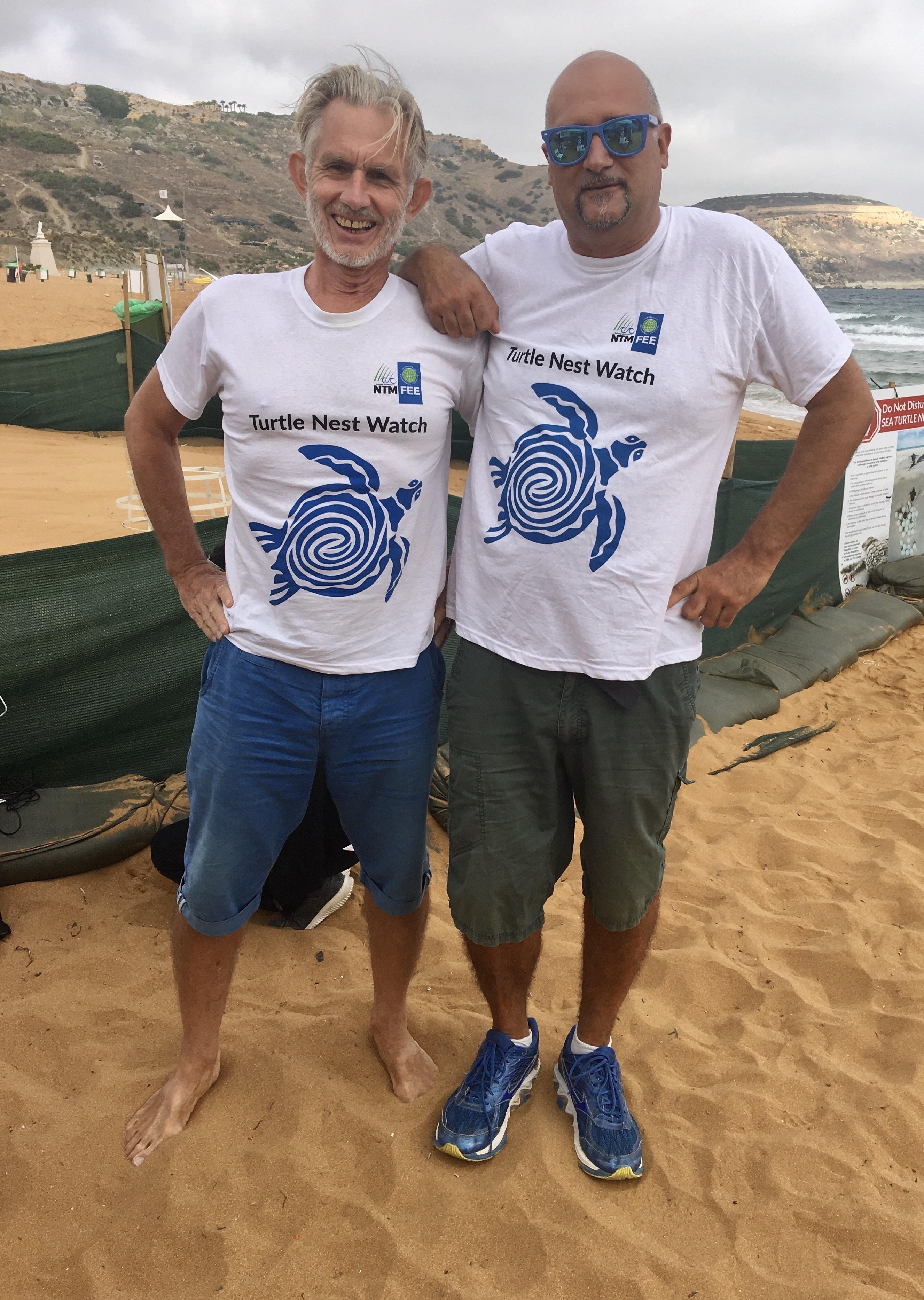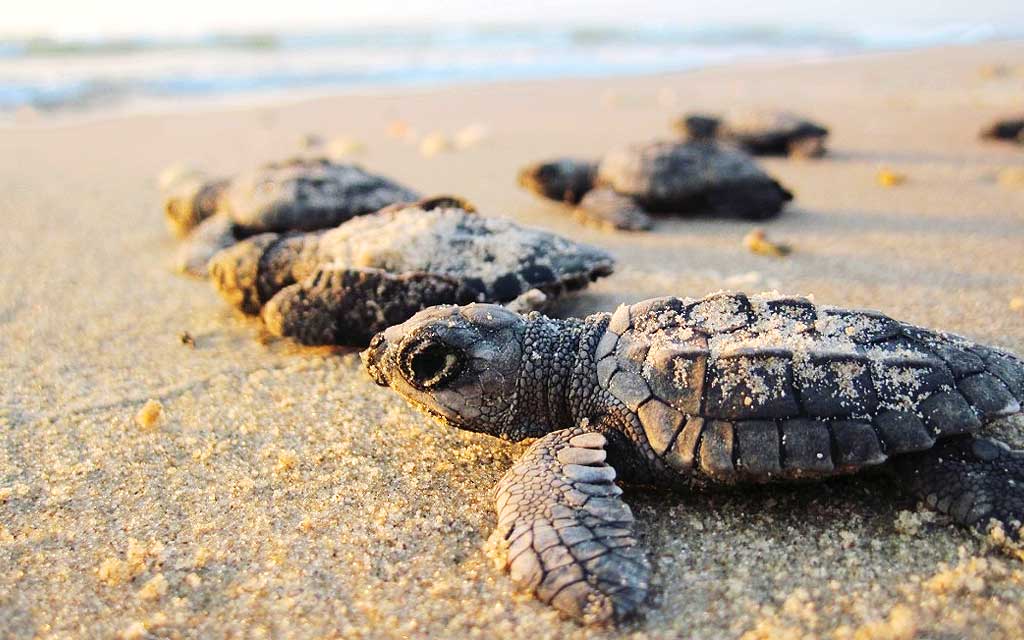When I worked in Thailand from 1999 to 2004, we lived in Turtle House on Soi Prommitr in the Sukhumvit area of central Bangkok. Turtle house got its name from the fact that the house was built over a pond. The owners told us that their grandfather had been admiral of the fleet, and when he retired he was given a piece of land. He asked for the plot of land to be on the edge of a water body, and was therefore offered this plot on Soi Prommitr.

The main house was a simple two-floor wooden structure with a concrete terrace and a flat roof. We had a separate kitchen with an adjacent room for Jit, who helped to keep the place clean. There was another building where the gardener Kamsing and his family lived and my wife Bee and I had our study.

Turtle House was the residence of Italian author Tiziano Terzani when he wrote his 1995 book “A fortune teller told me”, and Kamsing features in the book. (https://www.travelfish.org/book-reviews/134). Tiziano was the Asia correspondent of “Der Spiegel”, and the book is a record of travels through Southeast Asia. Having been told by a fortune teller in 1976 that he should avoid flying in the year 1993, Tiziano agreed with his editors to only travel by land or water that year and to write a book about his experiences. It is a fascinating snapshot of what Southeast Asia was like in the mid-nineties.

What made Turtle House so special was the pond and the lush vegetation around it. The pond was a sacred place, and the home of a giant soft-shell turtle, whom we christened Thor. Thor’s back was at least 1 metre in diameter, and you could see him from time to time in the pond. Over the years, a daily routine involved the offering of chicken bones from a neighbouring food stall in the early evening, and Thor often showed up to have his share.
He was not the only turtle in the pond. There were several local hard-shell specimens, and a few recently introduced red sliders. We never managed to count them all, as they disappeared under water from time to time. The pond was also home to several catfish, a few snake fish and a good number of other smaller fish species.

Because of the turtles, local monks would regularly visit the house to say prayers and bless the pond. The first time this happens we were shocked, as the garden was all-of-a-sudden full of young men in saffron robes who we had not invited. Kamsing explained patiently that this was not our choice, but that the monks were part of the scenery. A similar experience occurred each year during the Song Kran festival in April, when residents from around the neighbourhood came to say prayers and float their wishes on our pond.
Around the pond was a lush garden with fig trees, palm trees, bird of paradise flowers, ferns and much more and we used to decorate the trees with orchids that we purchased at Chatuchak market. There was a small jetty and a wooden canoe, and we could switch on a submersible pump to create a fountain.

We discovered a small Buddha statue that had been in the garden for a long time, and there were some beautiful pots to collect water. At night we sometimes had visits from snakes, and we had squirrels and birds galore. It was a real heaven in the midst of central Bangkok, and we were very sad to leave Turtle House when I moved to IUCN Headquarters in Switzerland in January 2004.
I had little to do with turtles while we lived in Switzerland, and during the past years when we lived in China, and although they are spotted offshore, we had never seen a turtle in Malta. So it came as a surprise to read about the nesting of a loggerhead turtle in Gozo, and when the local NGO Nature Trust Malta (NMT) asked for volunteers to monitor progress we offered to help. All of-a-sudden, turtles were back in my life!
Apparently a loggerhead turtle laid eggs on the beach in Ramla Bay during the night of 30 May. There have been rumours for years about turtles coming onto the beach, but there has not been a confirmed nest in Gozo in 70 years. This recorded visit was therefore rather special, and the Environment and Resources Authority of Malta asked Nature Trust Malta to look after the nest.

A Loggerhead turtle can lay 80 – 120 eggs in one go, and normally, the eggs take some 60 days to hatch, so we were expecting action by the end of July. Until that time, NTM arranged for round-the-clock, seven days per week protection through a group of volunteers who each had 3-hour shifts. I had been worried that we might not find enough people willing to spend 3 hours on the beach, but the support has been overwhelming. All volunteers were linked through a WhatsApp group, and Bee and I have met some lovely people during these past two months.

NTM volunteers: Hans with Marco Ricordini
The nest was cordoned off, so there was no disturbance, and sandbags were prepared to eventually guide the little turtles towards he sea when they would come out. A screen was dug in around the site to a depth of nearly one metre. This helped to keep out dogs, cats or human visitors, but was also meant to be a barrier for ghost crabs, as they can eat turtle eggs or little turtles. Security was provided by a private company, and publicity was made through social media and the press. I must say that NTM have been exemplary in the way they have dealt with the management of the nest and everything to around it.

Meanwhile, we did have the opportunity to take part in the release of a turtle that had been rescued from being trapped in old fishing gear. This turtle was let go on Hondoq beach in Gozo, with great publicity. As soon as its transport box was opened the turtle legged it to the sea. A promising sign, with indications of what was likely going to happen in Ramla Beach

Finally, a few days ago we received news around midnight that the sand was moving and that turtles were coming out. It caused great excitement amongst the volunteers, and many of our friends got up to witness the event. We did not join the party, so I have no photos to share. The first batch of 62 hatchlings came out on the night of 1 August and another group of 11 came out the following night.
On 4 August, the authorities dug up the nest to ascertain if any eggs were still there. They found 4 live turtles, who made it to the sea, and two dead ones. Some 20 eggs were unhatched.

So, all-in-all, this next produced 77 live turtles that are now swimming in the Mediterranean Sea. It is the end of the turtle story for Ramla Bay this year, but there are currently two other turtle nests on Malta. A good year for turtles in this part of the Med, and I hope there will be another nest on Gozo next year.

Turtles on the beach in Goa, photo by Protraveloholic

0 comments
Write a comment